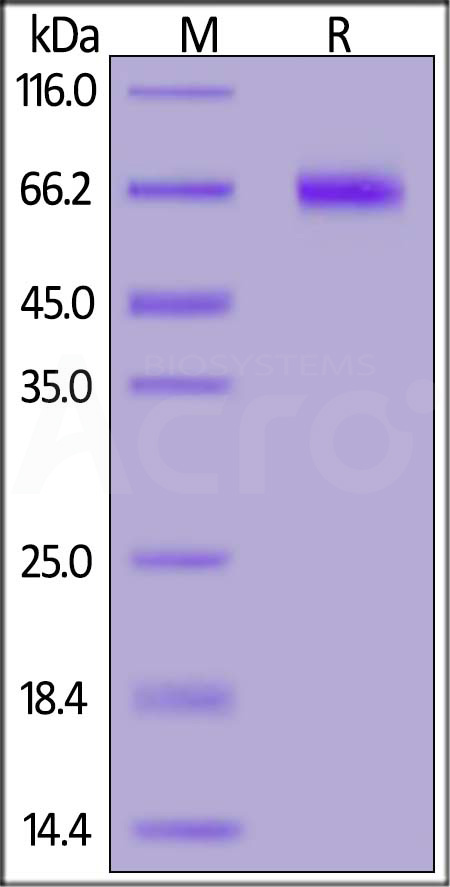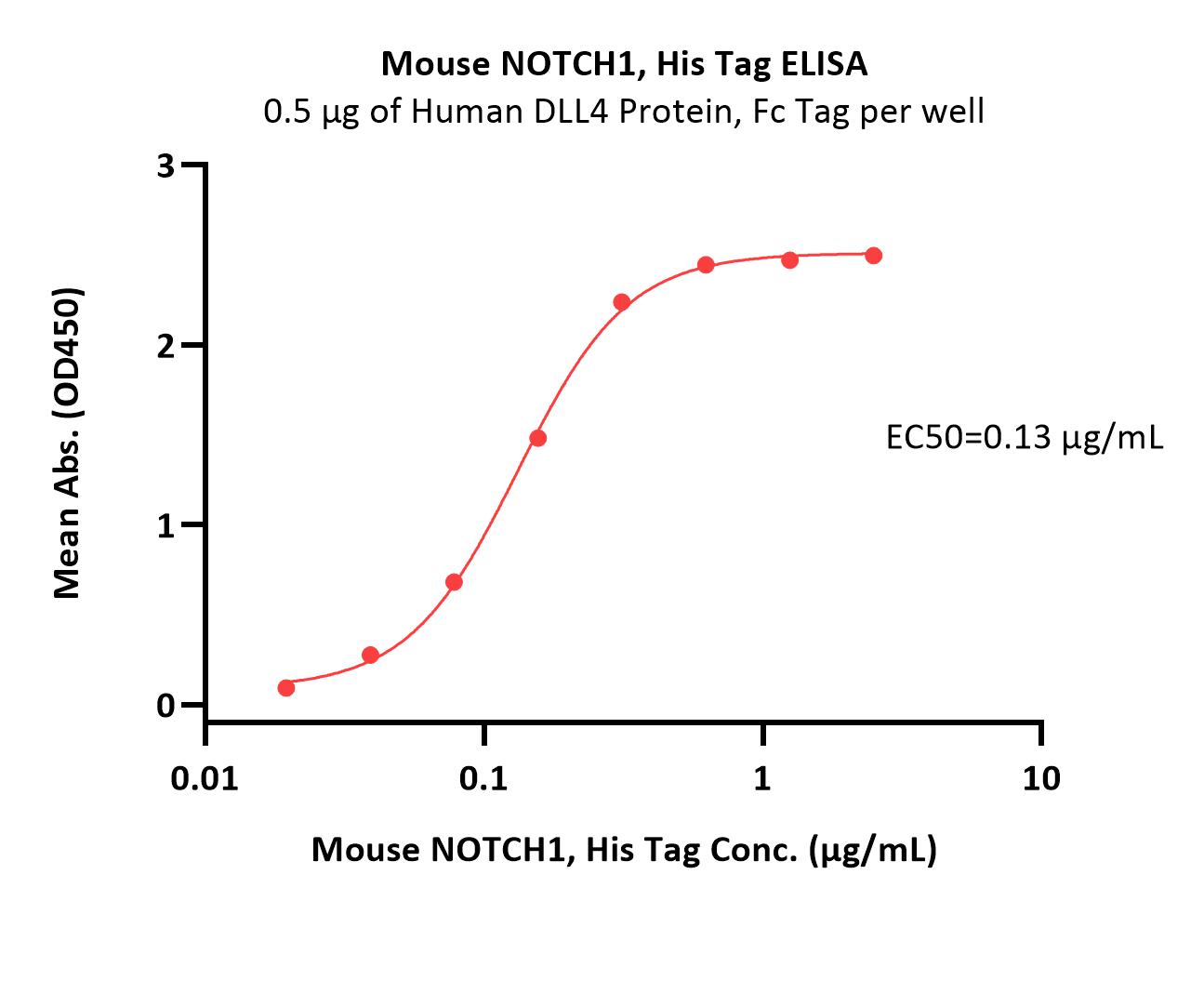Vitamin D3 and its active form calcitriol suppress erythroleukemia through upregulation of CHAC1 and downregulation of NOTCH1Hong, Yang, Gao
et alMed Oncol (2025) 42 (5), 138
Abstract: Vitamin D3 (VD3) and its active form calcitriol (Ca) exhibit anti-neoplastic activity against several types of cancer, although the underlying mechanism is not fully understood. Herein, we tested the effects of VD3 and Ca on erythro-leukemogenesis and investigated the underlying mechanism. VD3 and Ca treatment strongly inhibited cancer progression in a mouse model of erythroleukemia induced by the Friend virus. In tissue culture, VD3 and Ca inhibited proliferation of leukemic cell lines. Growth inhibition was associated with induction of G1 phase cell cycle arrest and apoptosis. Transcription of the VD3 receptor, VDR, is strongly induced by Ca, but not VDR. However, leukemia growth suppression by both VD3 and Ca is shown to be independent of VDR. In leukemic cells, both VD3 and Ca induced genes associated with metabolic pathways. Both VD3 and Ca induce the cytosolic glutathione degradase CHAC1 through activation of the ER stress response pathway ATF3/ATF4/CHOP genes. Higher expression of CHAC1 also suppressed the oncogene NOTCH1. Accordingly, knockdown of CHAC1 antagonized the inhibitory effect of VD3 and Ca on leukemic growth leading to higher NOTCH1 expression. Conversely, overexpression of CHAC1 suppressed leukemia cell growth and inhibited the expression of NOTCH1. Additionally, glutathione antagonized leukemia cell suppression induced by VD3 and Ca, demonstrating that this vitamin inhibits the proliferation of leukemic cells via CHAC1. Taken together, our results demonstrated that VD3 and Ca can prolong the survival of leukemia mice and inhibit the proliferation of erythroleukemia cell HEL through CHAC1 or CHAC1-mediated NOTCH1 inhibition.© 2025. The Author(s), under exclusive licence to Springer Science+Business Media, LLC, part of Springer Nature.
Three-Dimensional Cultured Human Nasal Epithelial Cell Model for Testing Respiratory Toxicity and Neurotoxicity of Air PollutantsWang, Xu, Han
et alEnviron Sci Technol (2025)
Abstract: Accumulating evidence suggests a strong correlation between air pollution and neurological disorders; however, appropriate models and methodologies are currently lacking. In this study, a human nasal RPMI 2650 cell model based on air-liquid interface culture was discovered to possess olfactory epithelial cells. Two short-chain per- and polyfluoroalkyl substances (PFAS), PFBA and PFHxA, were used to validate the performance of the model. RNA sequencing initially revealed the adverse effects of two PFAS at environmentally relevant concentrations. Their effects on key nasal epithelial cell functions, including barrier protection, solute transport, and neuronal activity, were separately investigated. Both PFBA and PFHxA disrupted membrane integrity and increased cellular transport capacity, as indicated by the upregulation of ABC transporters. Additionally, they inhibited tight junction proteins, including ZO-1, claudin-3, and occludin, while increasing mucin expression and mucus secretion. PFHxA exhibited stronger effects in most assays and uniquely induced a significant upregulation of NOTCH1 expression (p < 0.05), highlighting its potential hazards on olfactory neurons. This study proposed a novel in vitro test model with the matched respiratory epithelial and neuronal end points, which was expected to improve toxicological research and risk assessment of air pollutants.
Notch Is Required for Neural Progenitor Proliferation During Embryonic Eye RegrowthGuerin, Gutierrez, Zhang
et alInt J Mol Sci (2025) 26 (6)
Abstract: The ability of an organism to regrow tissues is regulated by various signaling pathways. One such pathway that has been studied widely both in the context of regeneration and development is the Notch signaling pathway. Notch is required for the development of the eye and regeneration of tissues in multiple organisms, but it is unknown if Notch plays a role in the regulation of Xenopus laevis embryonic eye regrowth. We found that Notch1 is required for eye regrowth and regulates retinal progenitor cell proliferation. Chemical and molecular inhibition of Notch1 significantly decreased eye regrowth by reducing retinal progenitor cell proliferation without affecting retinal differentiation. Temporal inhibition studies showed that Notch function is required during the first day of regrowth. Interestingly, Notch1 loss-of-function phenocopied the effects of the inhibition of the proton pump, vacuolar-type ATPase (V-ATPase), where retinal proliferation but not differentiation was blocked during eye regrowth. Overexpression of a form of activated Notch1, the Notch intracellular domain (NICD) rescued the loss of eye regrowth due to V-ATPase inhibition. These findings highlight the importance of the Notch signaling pathway in eye regeneration and its role in inducing retinal progenitor cell proliferation in response to injury.
NOTCH pathway was involved in Kaempferol 3-O-gentiobioside attenuated airway inflammation and mucus hypersecretionWu, Wang, Zhu
et alSci Rep (2025) 15 (1), 10383
Abstract: Allergic asthma is an inflammatory condition characterized by the release of pro-inflammatory cytokines and the expansion of mucus-producing cells. This research aimed to evaluate the impact of Kaempferol 3-O-gentiobioside (K3G), extracted from Sauropus spatulifolius Beille leaves, on inflammatory cytokine secretion and mucus overproduction in IL-13-stimulated airway epithelial cells (16HBE cells) and ovalbumin (OVA)-induced allergic asthma mouse models. Studies have found that K3G significantly reduces the release of pro-inflammatory cytokines (IgE, TNF-α, histamine, IL-1β, IL-6, and IL-8) induced by IL-13. It also mitigating the expression of the mucin5AC (MUC5AC). Additionally, K3G also downregulated the expression of NLRP3, TLR4, p-IκBα, and p-P65 proteins. In an OVA-induced mouse asthma model, K3G treatment reduced the secretion of pro-inflammatory cytokines, and inhibited the increase in mucus-secreting cells in a dose-dependent manner. Furthermore, exposure to IL-13 and OVA increased the expression of NOTCH signaling receptors in both 16HBE cells and lung tissues of the mice. K3G treatment effectively targeted NOTCH1 and inhibits activation of the NOTCH pathway. In conclusion, K3G alleviates asthma-related airway alterations by suppressing inflammatory cytokines and excessive mucus secretion via the NOTCH signaling pathway. These results indicate the therapeutic promise of K3G in treating allergic asthma.© 2025. The Author(s).


























































 膜杰作
膜杰作 Star Staining
Star Staining

















